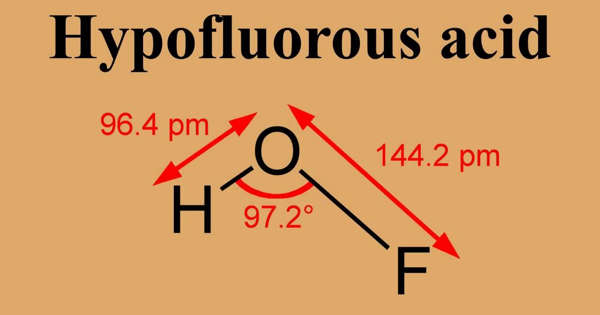Marketing plan document to be written for a stand-alone marketing effort for an existing product or service, or as part of a project to introduce a new product or service to market.
I. Executive Summary
A high-level summary of the marketing plan.
II. The Challenge
Brief description of product to be marketed and associated goals, such as sales figures and strategic goals.
III. Situation Analysis
Company Analysis
- Goals
- Focus
- Culture
- Strengths
- Weaknesses
- Market share
Customer Analysis
- Number
- Type
- Value drivers
- Decision process
- Concentration of customer base for particular products
Competitor Analysis
- Market position
- Strengths
- Weaknesses
- Market shares
Collaborators
- Subsidiaries, joint ventures, and distributors, etc.
Climate
Macro-environmental PEST analysis :
- Political and legal environment
- Economic environment
- Social and cultural environment
- Technological environment
SWOT Analysis
A SWOT analysis of the business environment can be performed by organizing the environmental factors as follows:
- The firm’s internal attributes can be classed as strengths and weaknesses.
- The external environment presents opportunities and threats.
IV. Market Segmentation
Present a description of the market segmentation as follows:
Segment 1
- Description
- Percent of sales
- What they want
- How they use product
- Support requirements
- How to reach them
- Price sensitivity
Segment 2
V. Alternative Marketing Strategies
List and discuss the alternatives that were considered before arriving at the recommended strategy. Alternatives might include discontinuing a product, re-branding, positioning as a premium or value product, etc.
VI. Selected Marketing Strategy
Discuss why the strategy was selected, then the marketing mix decisions (4 P’s) of product, price, place (distribution), and promotion.
Product
The product decisions should consider the product’s advantages and how they will be leveraged. Product decisions should include:
- Brand name
- Quality
- Scope of product line
- Warranty
- Packaging
Price
Discuss pricing strategy, expected volume, and decisions for the following pricing variables:
- List price
- Discounts
- Bundling
- Payment terms and financing options
- Leasing options
Distribution (Place)
Decision variables include:
- Distribution channels, such as direct, retail, distributors & intermediates
- Motivating the channel – for example, distributor margins
- Criteria for evaluating distributors
- Locations
- Logistics, including transportation, warehousing, and order fulfilment
Promotion
- Advertising, including how much and which media.
- Public relations
- Promotional programs
- Budget; determine break-even point for any additional spending
- Projected results of the promotional programs
VII. Short & Long-Term Projections
The selected strategy’s immediate effects, expected long-term results, and any special actions required to achieve them. This section may include forecasts of revenues and expenses as well as the results of a break-even analysis.
VIII. Conclusion
Summarize all of the above.
Appendix
Exhibits
Calculations of market size, commissions, profit margins, break-even analyses, etc.
Recommended Reading
Bangs, Jr., David H. The Market Planning Guide: Creating a Plan to Successfully Market Your Business, Products, or Service.
















